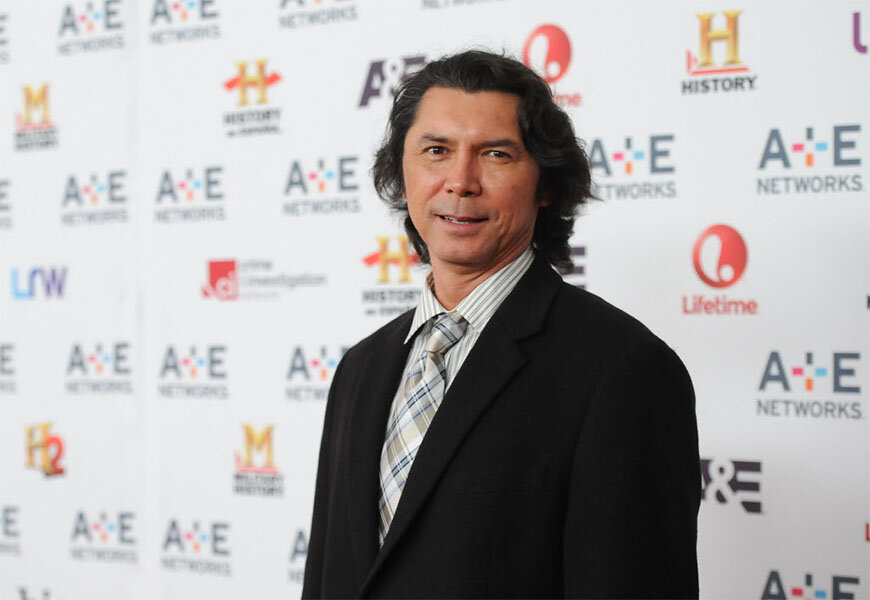'Longmire': How Hollywood looks at older TV viewers
Loading...
The drama “Longmire,” which formerly aired on A&E and is based on the book series of the same name by Craig Johnson, debuts a new season on Netflix today.
“Longmire” follows Wyoming sheriff Walt Longmire (Robert Taylor), his co-worker in the sheriff’s department, Vic Moretti (Katee Sackhoff), and Walt’s friend Henry Standing Bear (Lou Diamond Phillips), who owns a local restaurant.
“Longmire” debuted on A&E in 2012 and aired for three seasons, airing mostly during the summers. The show did well in the ratings for the network, becoming A&E’s most-watched drama original show ever.
But then A&E announced in 2014 that it would not be continuing with the show, a move that many industry watchers called unexpected. Ratings were reportedly down for the third season, but not by much.
So what was behind the move? While there were most likely other factors involved as well, the average viewing age for “Longmire” was reportedly 61. When Nielsen TV ratings are reported, those who watched a program who are between 18 and 49 are often mentioned because it’s important to advertisers.
"We sell the shows to advertisers based on the demographics of 18-49 and 25-54, and the audience just wasn't there," A&E Senior Vice President Dan Silberman said of canceling "Longmire."
But Netflix saved the show, another program that previously aired on a TV network and then moved to the streaming service. However, some of the other shows that were scooped up by Netflix or other streaming services like Hulu include Fox’s “Arrested Development” and “The Mindy Project” and NBC’s “Community,” shows that bring to mind younger viewers. What would Netflix be thinking with picking up “Longmire”?
“Netflix understands that people over 34 have money, too,” Richard F. Hanley, associate professor of journalism at Quinnipiac University, says.
Before now, Netflix has chiefly been known for original offerings like “House of Cards,” “Daredevil,” and “Unbreakable Kimmy Schmidt.” But that isn’t enough, says Mr. Hanley.
“Netflix can't rely exclusively on these headline, culturally important shows,” he says. “They need to move into meat-and-potatoes [programs].”
During the 2013-2014 network TV season, CBS had the oldest viewers with an average age of 58.7. And in the 2014-2015 TV season, the network had the highest-rated drama and comedy by total viewers with “NCIS” and “The Big Bang Theory.”
In addition, “Longmire,” with its upstanding sheriff protagonist, is a refreshing change from much of what is on network or cable TV or streaming services right now, Hanley says.
“TV viewers have reached a point of saturation,” he says of programs with flawed, morally ambiguous protagonists. “You don't need to have the dark hero.”






